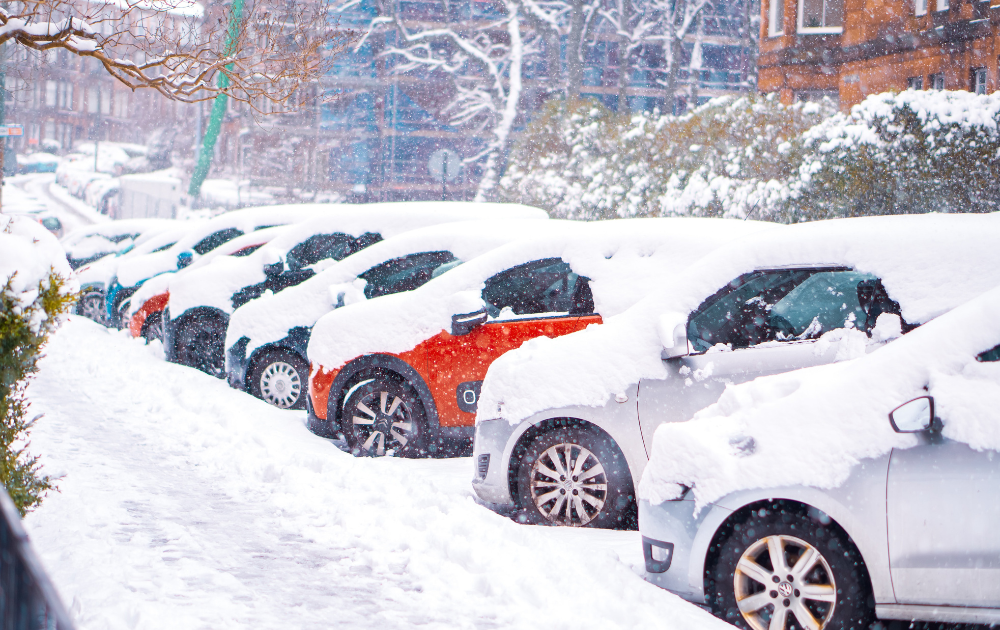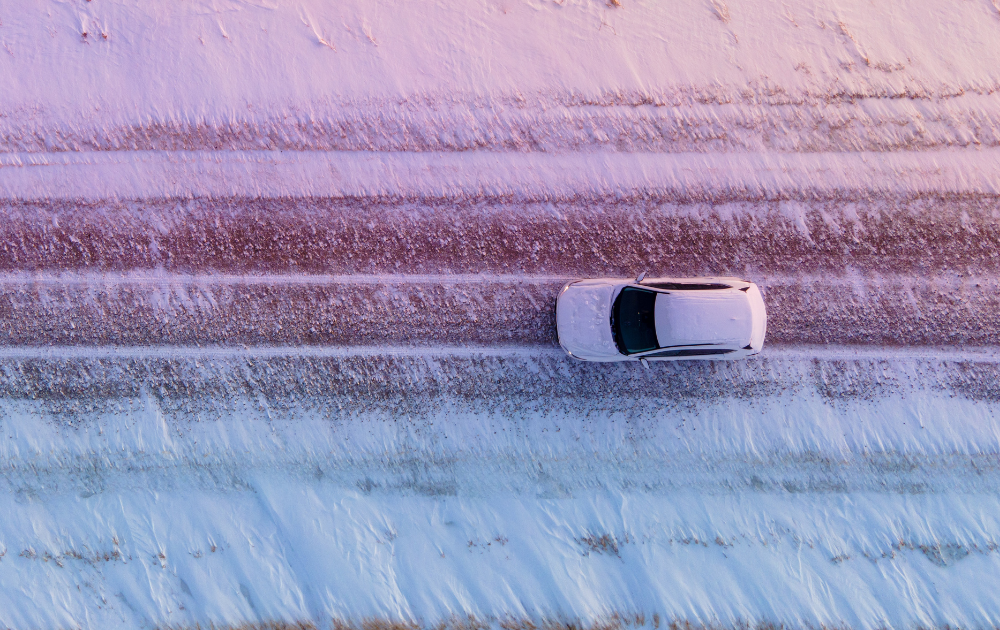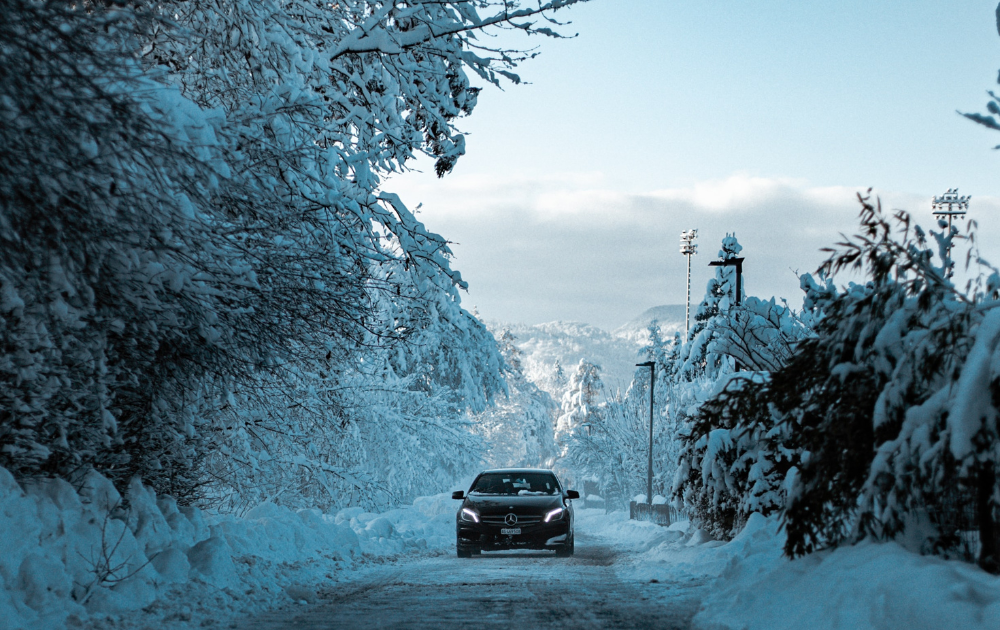Travelling in snowy conditions can be treacherous, but there are some things you can do to make things a little easier. Here are our five tips for driving in the snow.

Clear all snow from windows and mirrors
This is a bit of a no-brainer really, but like us, you’ve probably lost count of the number of drivers you’ve seen driving their car with just a porthole cleared in the snow on their windscreen.
It’s imperative that all windows and mirrors are clear from snow to ensure that you’ve got the best visibility possible. It also means making sure that the windscreen is ice-free – though it may appear clear, ice can quickly build up if it hasn’t been de-iced properly.
Choose a higher gear to avoid wheel-spin
When temperatures drop and the roads get icy, even four-wheel-drives can struggle for traction. Keeping your car in a lower gear won’t help the situation, as it increases engine revs and causes the vehicle’s wheels to spin more quickly.
Selecting a higher gear helps keep wheel-spin to a minimum, allowing your car to more effectively navigate slippery surfaces.


Drive at an appropriate speed for the conditions
This takes little explanation. Making sure that you’re not travelling too quickly for the conditions MUST take priority when driving in poor conditions. Drive too quickly, and there’s a good chance that you could have, or cause, an accident.
If snow is falling, it’s a better option to take things slowly. It means that should the car begin to slide, it’ll do so slowly – minimising any potential damage.
Put a safe distance between you and the vehicle in front
When snow is on the ground, stopping distances go up. With lower traction levels, a car takes a lot longer to come to a halt than when the roads are clear. If a car brakes heavily in front of you and you’re too close to the back of it, the chances are you’ll skid and come into contact with it.
Keep your distance, and you’ll make driving on snow a much safer experience.


Have supplies at the ready in case you get stranded
This is a good idea, just in case the worst happens. Being stuck by the side of the road – or even on the road in some cases – is a possibility, particularly in Northern parts of the country where snowfall is at its heaviest.
Food supplies, as well as extra clothing and blankets, are well worth keeping in your car boot if you’re heading out on the roads when snow is forecast. A snow shovel – if you can fit in your boot – could also prove invaluable.